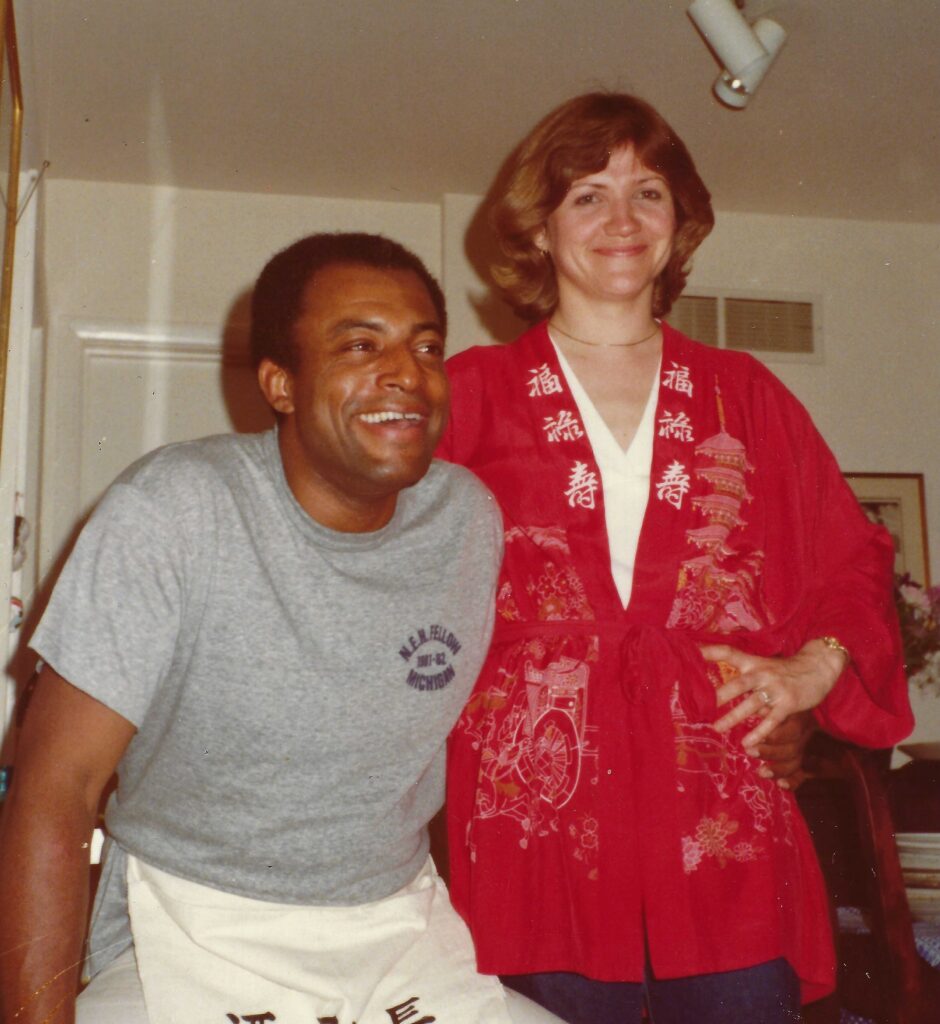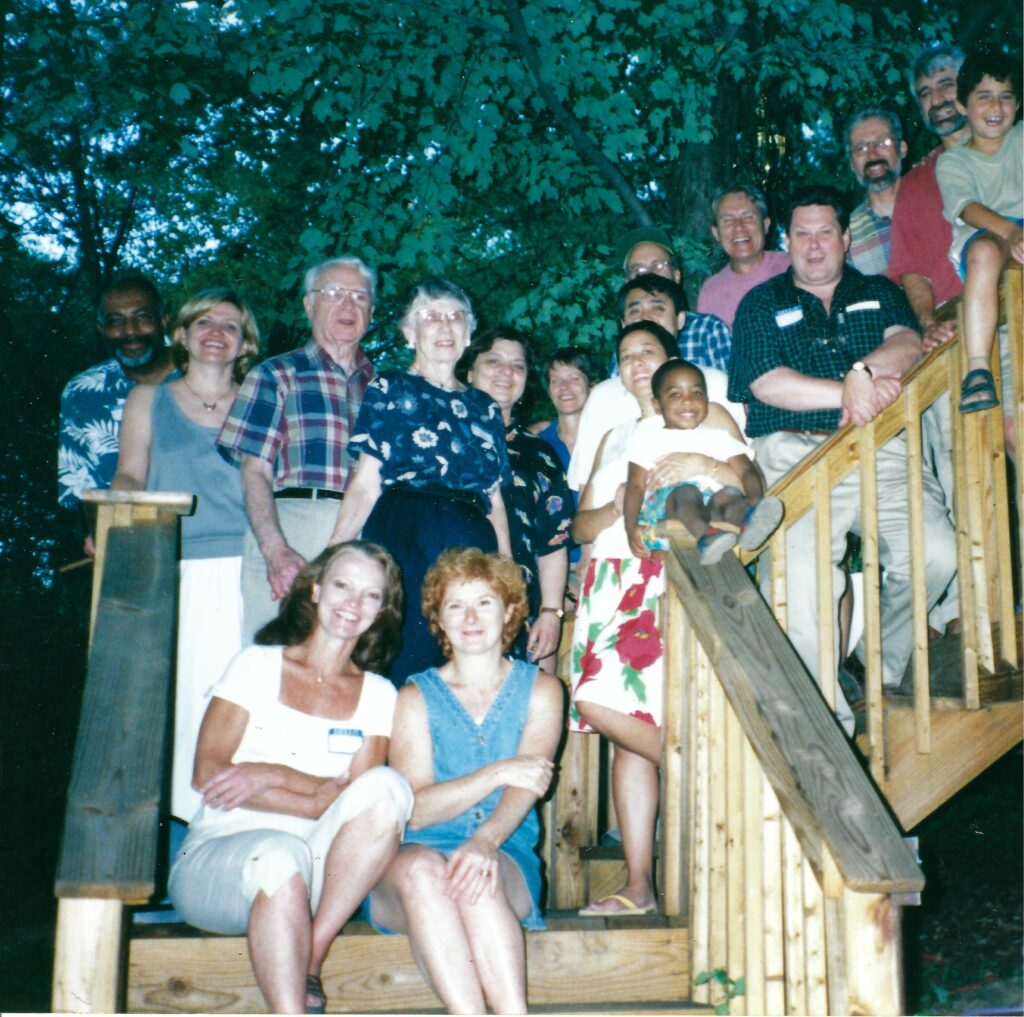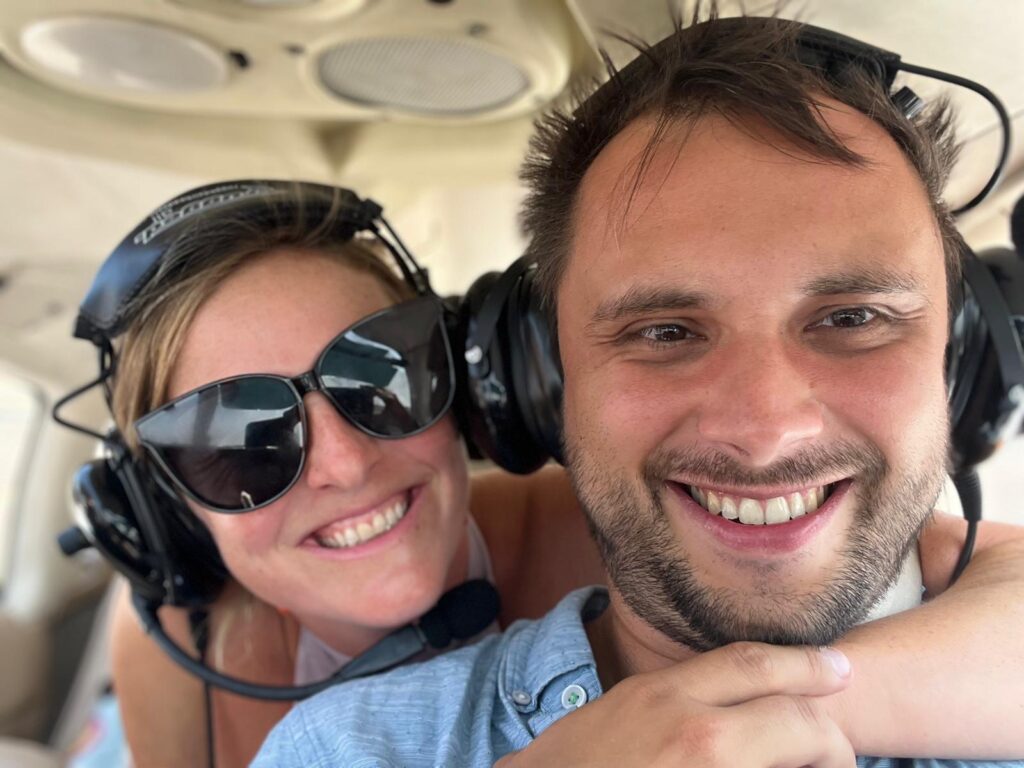Life as a journalist was a lot less complicated in 1981 when I arrived in Ann Arbor as a member of the Michigan Fellows Class of 1981-82, during Graham Hovey’s tenure as director. It was at a time when the internet barely existed. Computers were rudimentary at best, and cell phones wouldn’t be widely available for another couple years. No 24-hour news cycles. No social media to watch over or feed. No online anything.
For most of us, the sprint to capture the important events and issues of the day ended at deadline when keyboards fell silent and the massive presses a few floors below roared to life moments later, rumbling beneath our feet.

We came from news operations that, for the most part, were rich, powerful and fiercely independent—before online advertising and public access to news and information decimated the traditional newspaper business model and before corporate conglomerates and hedge funds began gobbling up newspapers and local broadcast media.
Funded by the National Endowment for the Humanities and operating from a two-room suite in the Frieze Building, which no longer exists, Graham led six classes of Fellows between 1980 and 1986, through one of the most meaningful years of
We came from news operations that, for the most part, were rich, powerful and fiercely independent—before online advertising and public access to news and information decimated the traditional newspaper business model and before corporate conglomerates and hedge funds began gobbling up newspapers and local broadcast media.
Funded by the National Endowment for the Humanities and operating from a two-room suite in the Frieze Building, which no longer exists, Graham led six classes of Fellows between 1980 and 1986, through one of the most meaningful years of our careers.
Graham didn’t let us forget that we were journalists, making sure our weekly journalism seminars included some of the major figures of our time.
Graham was a Renaissance man. A Fulbright scholar, a talented amateur French horn player, a lover of opera, and an award-winning journalist who made the transition from World War II correspondent to covering post-war Europe. He reported on diplomacy and international affairs and served on the editorial board of The New York Times. Graham was an exemplar of what the NEH sought to achieve by immersing the Fellows in the community of a great university, free of the pressures of daily journalism for a year.
And our editors agreed. They supported the NEH’s notion that exposing mid-career journalists to all that a world-class university could offer would enhance their professional capacity.
So we eagerly pursued our own courses of study, venturing out to classes in medicine, law, foreign affairs, business and the arts, with the NEH reminding us to include a ration of humanities courses.

Graham reinforced this suggestion by bringing to our humanities seminars some of the school’s most distinguished professors who were giants in their fields. One that I fondly remember is the late Diane Kirkpatrick, a world-renowned art expert. She became one of the friends of the fellowship who seemed both amused by and respectful of our group while inviting us to see the world’s great art and its impact through her eyes.
Spending time with her and with other U-M faculty luminaries underscored the value of what our fellowship offered. And, opening ourselves to this discovery allowed us to reshape our own paths. That enrichment continued through our trips to Japan, Germany and Australia, where Graham arranged opportunities to meet and exchange ideas with leaders of those countries.
But Graham didn’t let us forget that we were journalists, making sure our weekly journalism seminars included some of the major figures of our time. One of them was the flamboyant Gannett Chairman, Al Neuharth, who picked our brains about his idea to start a national newspaper. “Do you think it’ll fly?” he asked. Regardless of our opinions—and we offered many—he launched USA Today two months after we left Ann Arbor.
Another larger-than-life editor who visited was Gene Roberts of The Philadelphia Inquirer, where the tradition of playing newsroom-wide pranks was legend. He totally enjoyed the belly dancer who dropped in to regale Graham for his birthday, but it was one of the few times we ever saw Graham speechless. I was hired by Gene after my fellowship year, though the topic of the dancer never came up.
My year at the Michigan program also had a deeply important impact on my life. I met my husband, Charles Fancher, during our fellowship year to the delight of Graham, his charming wife Mary Jean, and Margaret DeMuth, his extraordinary program assistant. In addition, several of the Fellows from our year have become close lifelong friends.

A special treat over the years has been meeting new Fellows, sometimes at the annual Graham Hovey Lecture, given by a former Fellow in Graham’s honor. But meeting the 2022-23 class during a recent visit was especially gratifying, not only because it was so representative of what the program has become— so international and committed to the safety and welfare of journalists from troubled corners of the world—but also because this class featured something we hadn’t seen for the four-plus decades since our time in the program—a serious romance. Alexandra Talty and Antoni Slodkowski, 2022-23 Fellows, whom we’ve had the great pleasure of getting to know, have announced their engagement, and we wish them at least the 44 happy years Charles and I have enjoyed together.
Diane Brozek is a 1982 Knight-Wallace Fellow.
This article appeared in the Fall 2023 issue of the Wallace House Journal.
